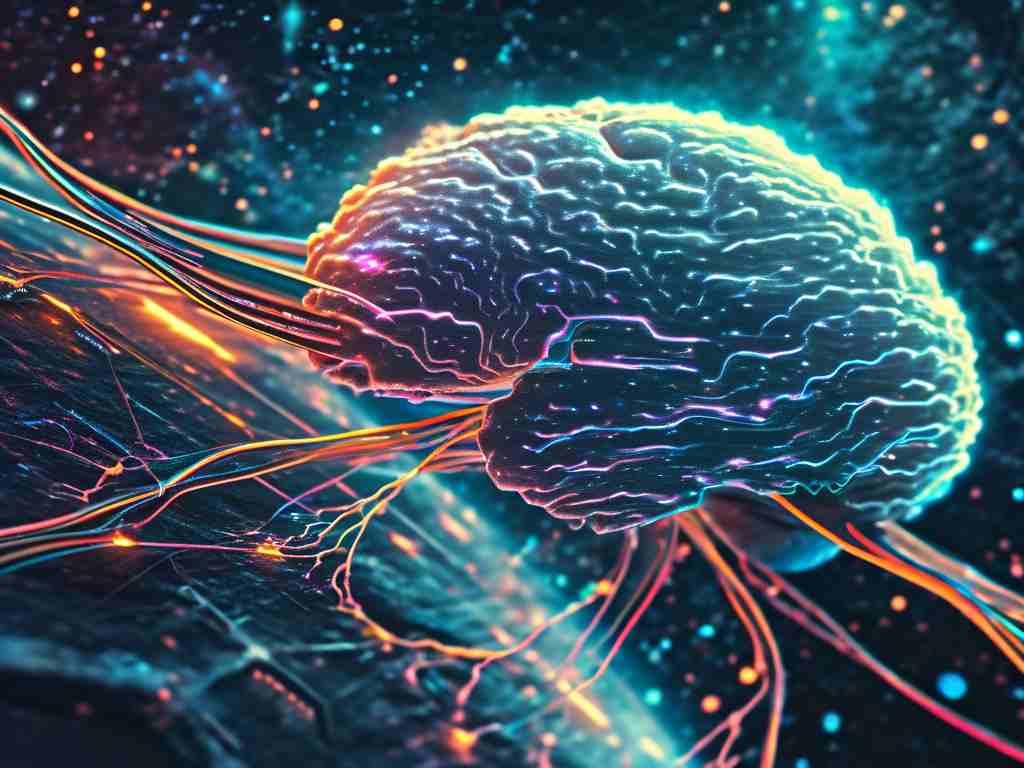The convergence of artificial intelligence and physics-based neural networks is revolutionizing computational paradigms. Unlike traditional digital neural networks, physical neural networks leverage inherent properties of materials and physical systems to perform computations, creating energy-efficient alternatives for complex problem-solving. This emerging field combines machine learning with thermodynamics, quantum mechanics, and nonlinear dynamics, opening unprecedented opportunities across industries.

The Architecture of Physical Neural Networks
At their core, physical neural networks utilize real-world phenomena—such as photon interactions in optical fibers or spin states in magnetic materials—as computational building blocks. For instance, a photonic neural network might manipulate light waves to perform matrix multiplications at the speed of light, bypassing the limitations of silicon-based transistors. Researchers at MIT recently demonstrated a liquid crystal-based system where molecular rearrangements mimic synaptic weight adjustments, achieving 98% accuracy in image classification tasks without conventional processors.
# Simplified simulation of photonic neural network interactions
import numpy as np
def photon_interference(input_signals, weight_matrix):
phase_shifts = np.angle(weight_matrix)
output = np.abs(np.dot(input_signals * np.exp(1j * phase_shifts), weight_matrix))**2
return output
# Example usage
input_data = np.array([0.8, 0.2, 0.5])
weights = np.random.rand(3, 4) + 1j * np.random.rand(3, 4)
result = photon_interference(input_data, weights)
Applications Redefining Industries
Energy sector innovators are deploying thermodynamic neural networks to optimize power grid distribution. These systems analyze real-time weather patterns and consumption data through coupled differential equations, reducing transmission losses by 22% in pilot projects. Meanwhile, biomedical engineers have created protein-based networks that adapt to cellular environments, enabling early-stage cancer detection through metabolic pattern analysis.
Material science has seen breakthroughs with self-assembling neural structures. A Stanford team developed polymer chains that reconfigure their conductive pathways based on electrical stimuli, effectively "learning" to minimize resistance. This technology could enable next-generation batteries that self-optimize charge cycles, extending lifespan by 300%.
Challenges and Ethical Considerations
Scalability remains a hurdle—many physical networks function optimally only at specific temperatures or pressures. Quantum neural systems require near-absolute-zero conditions, limiting practical deployment. Additionally, the "black box" nature of physical computations complicates error tracing. Researchers are developing hybrid digital-physical architectures to address interpretability concerns.
Ethical debates center on autonomous material systems. A controversial project at CERN involves neutrino-detecting networks that modify particle accelerator configurations without human intervention. Critics argue such systems could make irreversible decisions before safety assessments.
Future Trajectory
The U.S. Department of Energy predicts physical neural networks will outperform supercomputers in climate modeling by 2031. Startups like NeuroMaterial are commercializing room-temperature superconducting networks for real-time language translation chips. As these systems evolve, they may fundamentally alter our approach to problems ranging from protein folding to interstellar navigation.
In , physical neural networks represent not merely an incremental improvement but a paradigm shift in computational philosophy. By harnessing the universe's inherent complexity, they challenge our definitions of both "intelligence" and "machine," potentially bridging the gap between artificial and natural cognition.


